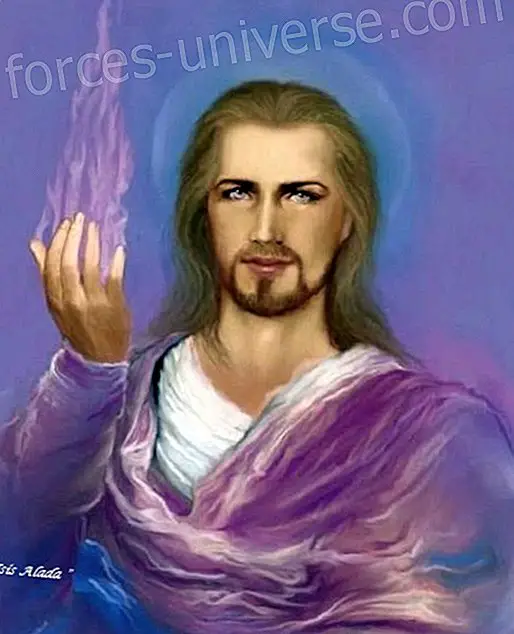In Egyptian mythology, Aton represented the solar disk in the sky . It was the spirit that encouraged and sustained life on Earth. It was the solar deity of Ancient Egypt.
He was represented as a hawk-headed man in the early stages and later as a solar disk from which rays came out with hands extended to believers, or holding signs of life.
In the early days it was a solar disk of the sky and meant the vital force that animated all the life that was on Earth.
Who was the God Athen?
At the time of Amarna, God Athen possessed infinite goodness and represented Justice and the Cosmic Order, Maat, which favored all men equally.
The sovereign ruler of the kingdom was his envoy and his only prophet on Earth. The only one who was considered worthy of deserving immortality .
He was identified with Tot, in his representation and nocturnal form and was called Silver Athen.
Thus, in the first nine years of the Amarniense period, the God Atén is identified with Ra-Horajti and Shu and considered as a symbol of light.

"Ra, Sovereign of Ajti, active in Ajet", was the very essence of the Solar Disk into which the King would merge, which would later be called Ua-en-Ra, "One in Ra".
The worship of God Aton
The cult professed to Aton dates from the Old Empire . Thutmose IV and Amenhotep III had given him great veneration and the cult became monotheistic.
It is in those times when Amenhotep IV changes its name to Akhenaten, "Glow of Aton" or "Useful to Aton." This happened in the fourteenth century, about fifteen hundred years before Christ.
The main temple of Atón was in the city of Ajetatón, "The Horizon of Atón", in the current city of Amarna.
The Hymn to Aton, which is engraved in the tomb of Ay, and which was written by Akhenaten, is one of the most beautiful literary exponents of Egyptian culture.
When he deepens the study of the new religion of Akenaton, the first thing that stands out is his strenuous struggle so that control does not pass into the hands of the priests. According to the King himself, there is only one representative: the Pharaoh, who will be accepted as the high priest of Ra. harajt, "He who rejoices on the horizon."
The clergy then lost their privileges and opposed the preferential worship of Atón from their King. The Egyptians, for the most part, continued to worship their ancient gods.
After the death of Akhenaten, he gradually returned to the situation that reigned before, Ajetatón (Amarna) was abandoned and when the 19th Dynasty rises, he tried to erase all vestiges of Amarna's theocratic adventure .
Akhenaten built 5 temples dedicated to the god Atón during his reign, and in which no cult statues appeared. In northern Egypt, atonism spread at least to Heliopolis and it is known that there was a temple dedicated to Atón in Memphis.

Also, already inside Sudan and beyond the third waterfall, testimonies of its cult can be found.
Other gods such as Amun or Osiris were referred to in innumerable amount of texts as if they were kings and giving them the title of "Rulers of Eternity" or "Lords of the Two Lands", but never their names were locked in the famous "cartridges", as did the pharaohs.
It is Akhenaten who takes the name of Aton and closes it under cartridges, affirming the indissoluble and eternal bond between religious power and temporal power.
Seen in Egyptology, by Pedro, editor of the White Brotherhood
http://egiptologia.org/?page_ id = 1899






